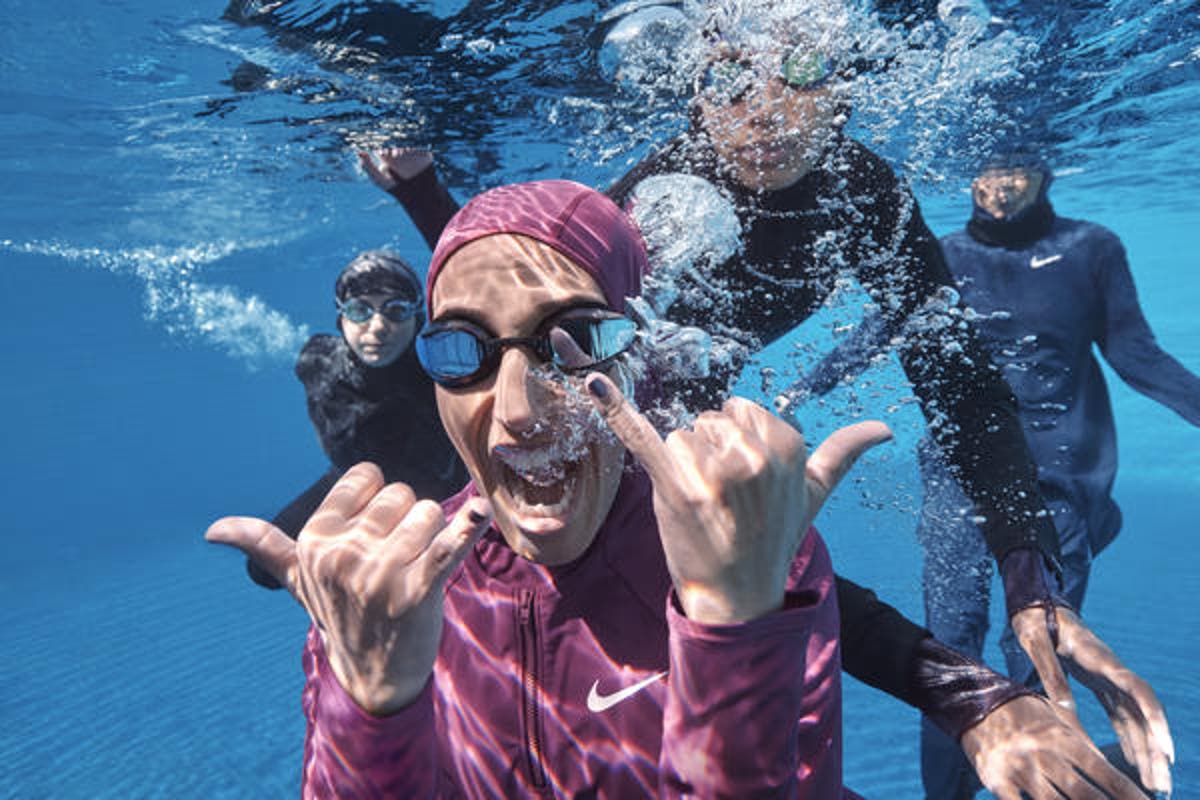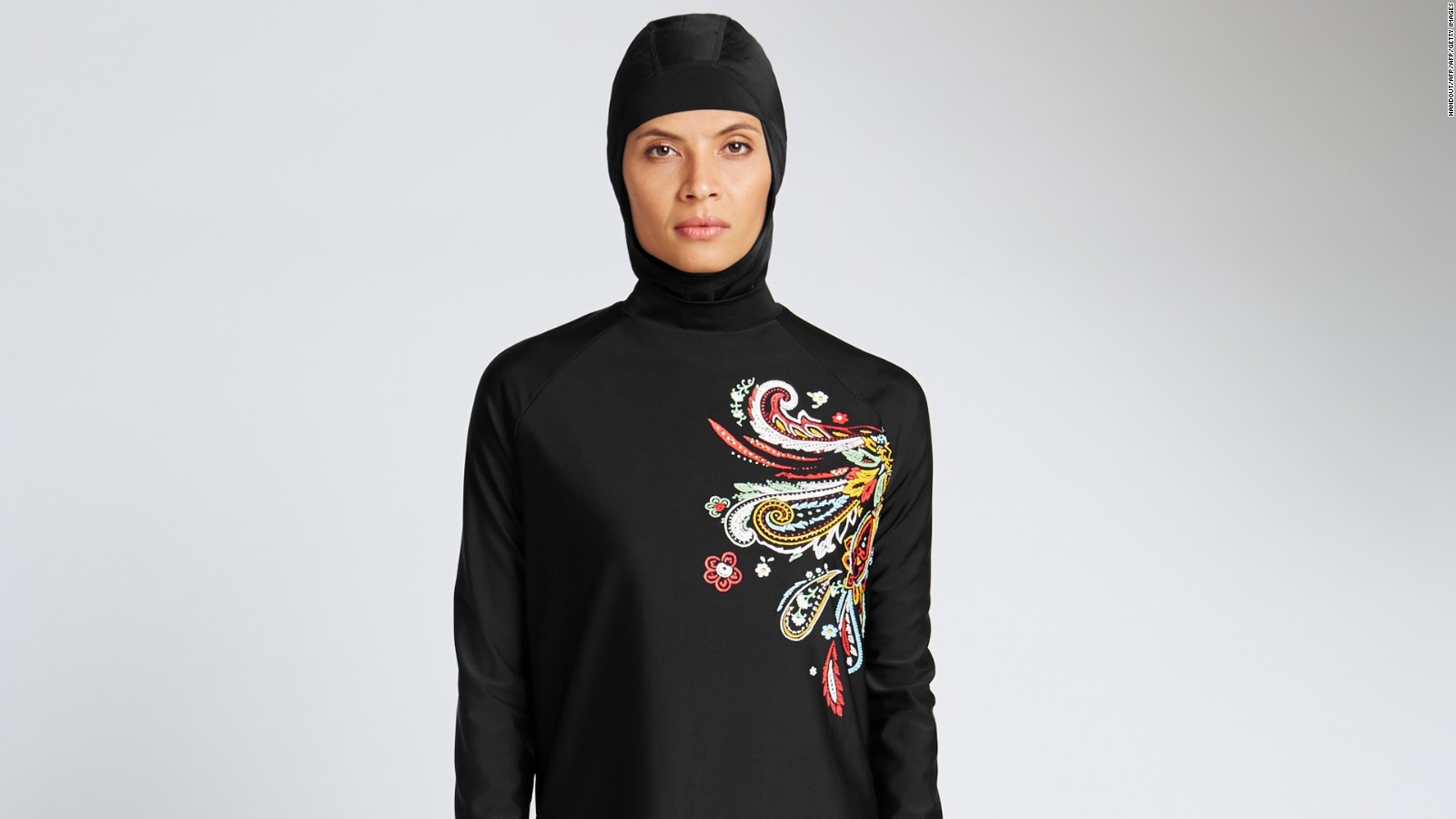Featured image via CNN
In light of the recent happenings on the North Coast, we had to ask ourselves: What is the problem that people have with the burkini? It’s not the first time for a burkini-wearer to be denied swimming just because some resort or compound residents disapprove of her swimwear. This happens almost every single summer; ever year, an angry Facebook post goes viral (just like the ones that are circulating social media these days). But why?
View this post on Instagram
The most common excuse or reason that burkini haters use to justify their views is that it’s not made of the same material of regular swimwear, and thus, resulting in hygienic concerns. So, we did some digging to find out the truth about whether or not burkinis are safe for wearers and other swimmers, to put this to an end once and for all.
What is it made of?
Well, burkinis are made of polyester, and guess what the leading fabric for manufacturing swimwear is? It’s polyester. Also, if you wish to do I tiny bit of research during your hours of online shopping, you can check out the description box under a sample burkini model and usually find the material mentioned. For instance, Nike’s burkini line is made of “warp-knit fabric: a lightweight, breathable material that dries quickly”. Also, Lyra sells burkinis made of “quick-drying, chlorine resistant, high-quality swimwear fabric”.

Via Al Bawaba
But what if it doesn’t say “polyester”?
It’s fine as long as it’s “permeable open mesh textile material”; at least that’s what the FINA (Fédération Nationale de Natation) approves of and sees fit and safe. And speaking of safety and hygiene, the Lifesaving Society, a charitable organisation working to prevent drowning and water-related injury, has previously published the swimwear standards that should be met to guarantee water quality, as well as the safety of swimmers and rescue guards.
According to Lifesaving Society, when it comes to anyone who cannot reveal parts of their body, “acceptable alternative swimwear could include footless tights, gymnastic leggings, tight-fitting undershirt, a tight-fitting hood that covers the head and neck with wide openings for the face and ears, tight-fitting sweater or pants, or a wetsuit.” So, are burkinis fine? Yes, the observation also added, “Burkinis and rash guards are examples of acceptable alternative swimwear as face and neck are uncovered, and the fabric is tight-fitting enough to do not interfere with swimming skills. Hands and feet can move freely, and there is an additional element of hygiene if the hair is covered.”
The observation also mentioned another benefit of swimwear that covers the whole body, which is reduced use of sunscreen. That necessarily contributes to the improvement of water quality as it decreases the risk of water contamination. Also wearing a hair cap, or a burkini headcover would reduce the risk of hair clogging the drains and filters of pools.
In conclusion
BURKINIS ARE SAFE! So, instead of justifying your disapproval with false facts, just enjoy your time vacationing and let others enjoy theirs. Going up to others and showing distaste towards their looks and how they prefer to self-identify is hurtful and discriminatory. Period.







